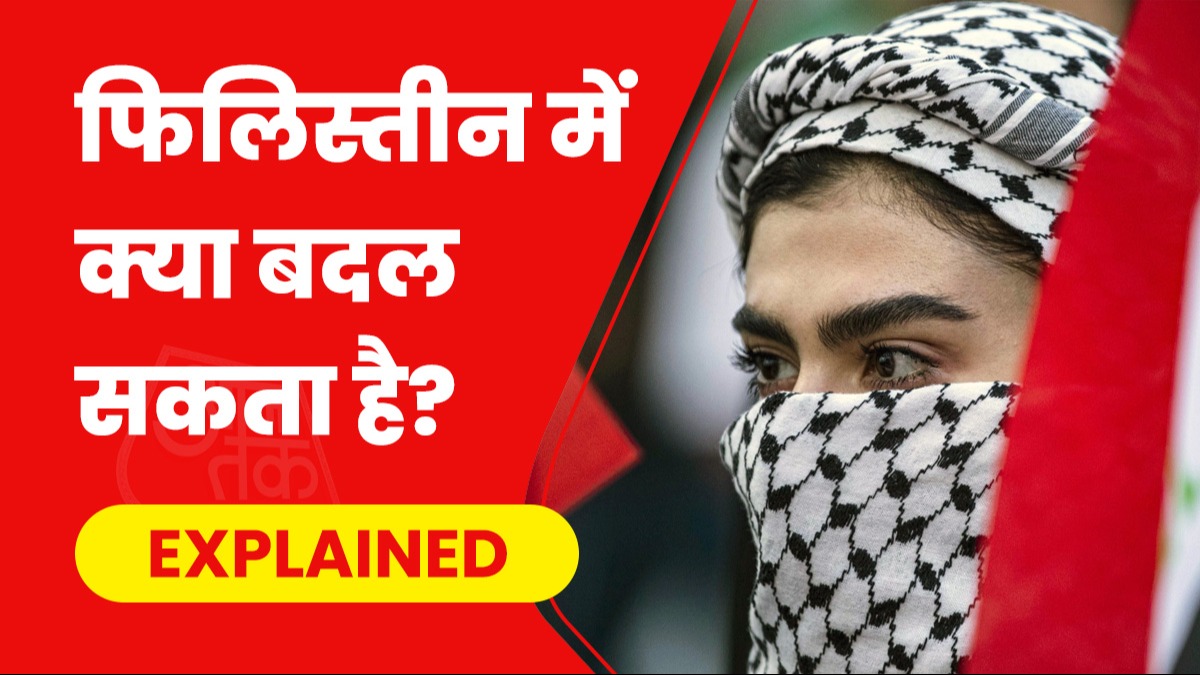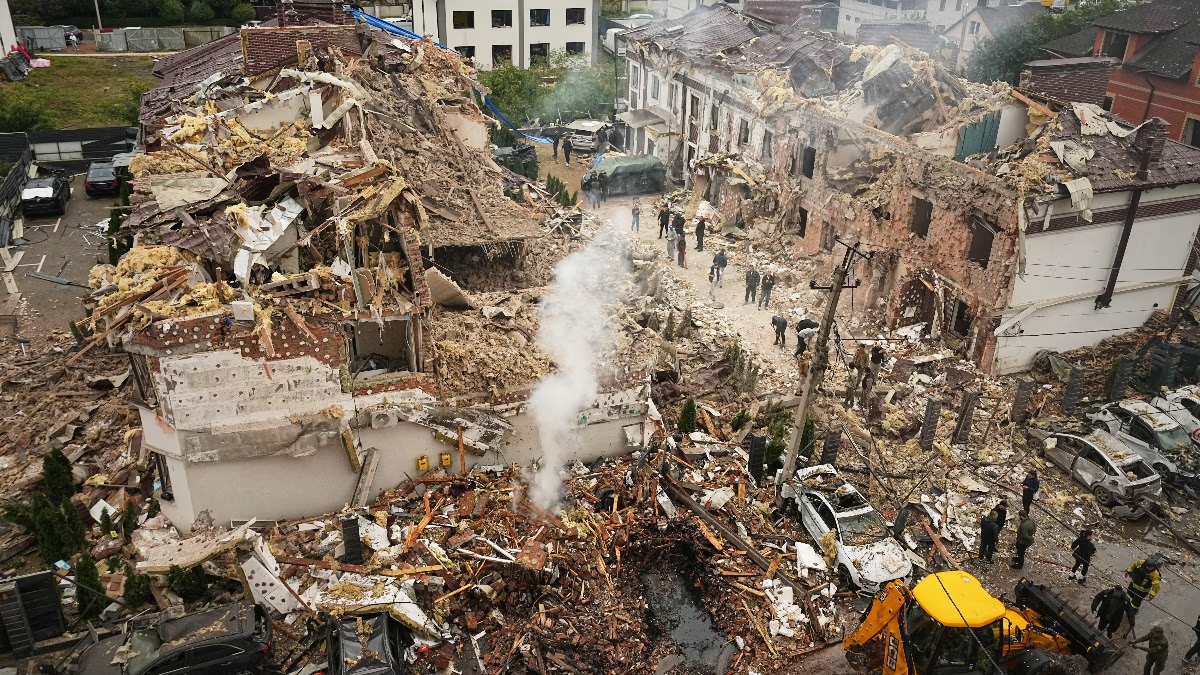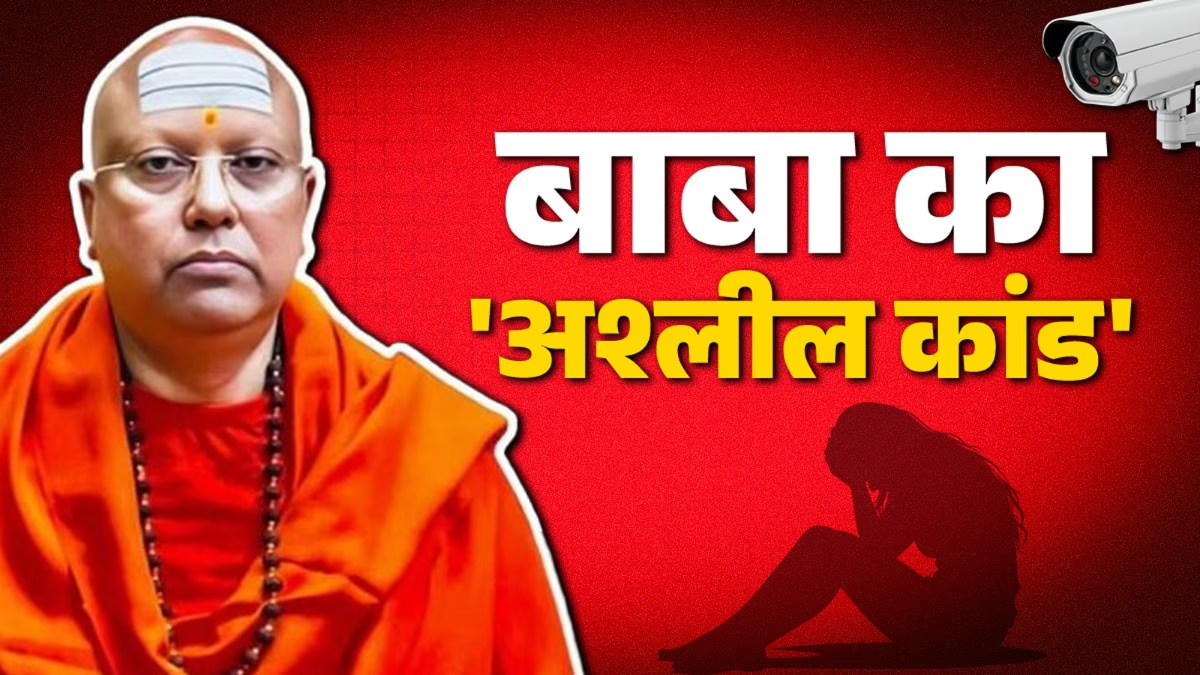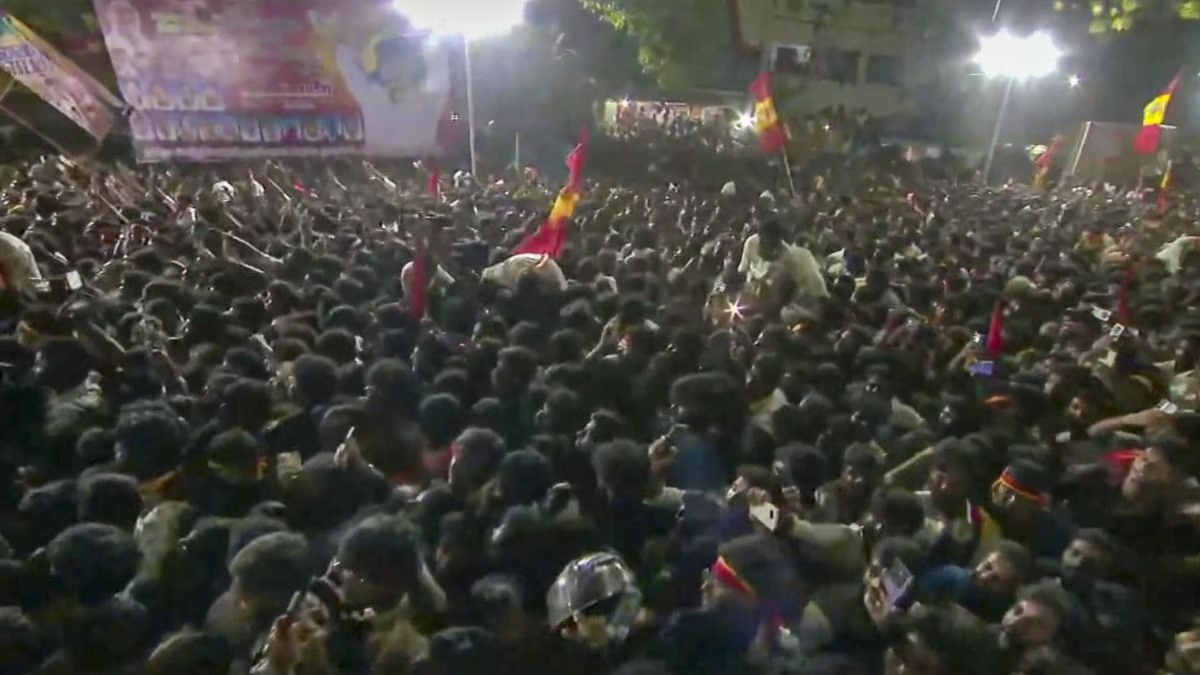Amid the Israeli-Hamas Conflict, former Palestinian Prime Minister Mohammad Shtayyeh recently stepped down. Now, Mohammed Mustafa has taken his place. Known for his assertive approach, Mustafa has engaged in numerous attempts to reform Hamas-controlled Gaza. It is believed that he could play a vital role in halting the war and unifying the entire Palestinian territory.
The Gaza Strip is currently under the control of Hamas, while the Palestinian Authority (PA) operates in the West Bank. A national government for both regions may be possible if Hamas's leadership agrees. Prime Minister Mustafa has previously endeavored towards such a unification.
The Difference Between West Bank and Gaza Strip
The Gaza Strip, sandwiched between Israel, Egypt, and the Mediterranean Sea, is a densely populated small area where Palestinians reside, spanning only 41 kilometers. The West Bank is a landlocked area near the Mediterranean coast, bordered by Jordan and the Dead Sea to the east and Israel to the north, south, and west. Including East Jerusalem, this area is considerably larger.
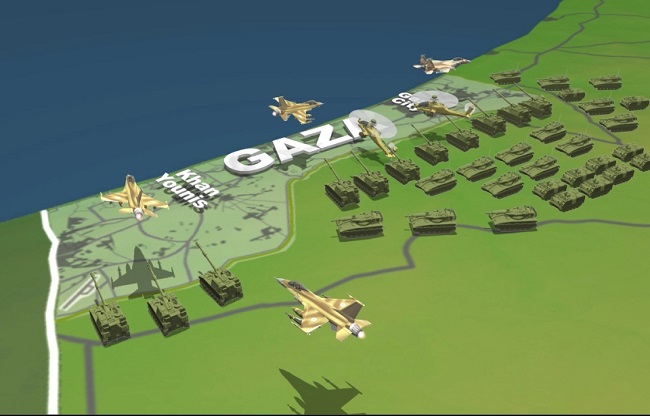
Source: aajtak
While both Gaza Strip and West Bank are Palestinian territories, their political contexts differ immensely. The Gaza Strip is governed by Hamas, a radical organization, deemed as a terrorist group by many countries. On the flip side, the Palestinian Authority operates in the West Bank.
The Palestinian Authority (PA) was established in the 1990s, a time when Israel and Palestine formally recognized each other. It was understood then that the PA would govern the entirety of Palestine and conduct elections. However, a consensus between West Bank and Gaza couldn’t be established. With Hamas in Gaza and Fatah in the West, the conflict intensified post the Palestinian legislative council elections in 2006. After a week of clashes, the joint government dissipated, leaving Hamas in complete control of Gaza. Attempts to mend relations occurred sporadically, but ideological differences continued to be a barrier, with Hamas accusing Fatah of being a puppet for Israel and causing Palestine to lose its identity.
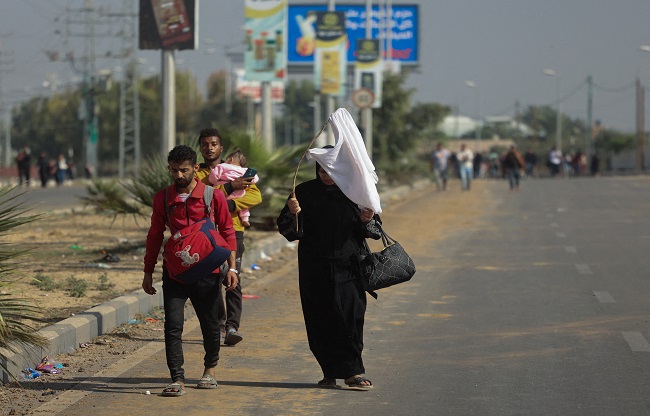
Source: aajtak
Currently, Gaza is in a state of despair, with the war's repercussions now being felt in the West Bank. As residents flee Gaza, it leads to population imbalance and practical difficulties in the West Bank. There's a burgeoning desire among Gazans for a lifestyle akin to the West Bank, thus increasing the prospects of the Authority gaining control over Gaza.
Feasibility of a Joint Government for Both Territories
The challenges facing a united government for West Bank and Gaza are significant. Firstly, the conflict remains ongoing and Hamas has not been fully subdued, making it difficult for the PA to take control. A further complication arises with Israel, which, post-war, hinted at complete control over Gaza to ensure no resurgence of Hamas or other militant groups. This could potentially complicate the establishment of a joint government for Gaza and West Bank.
